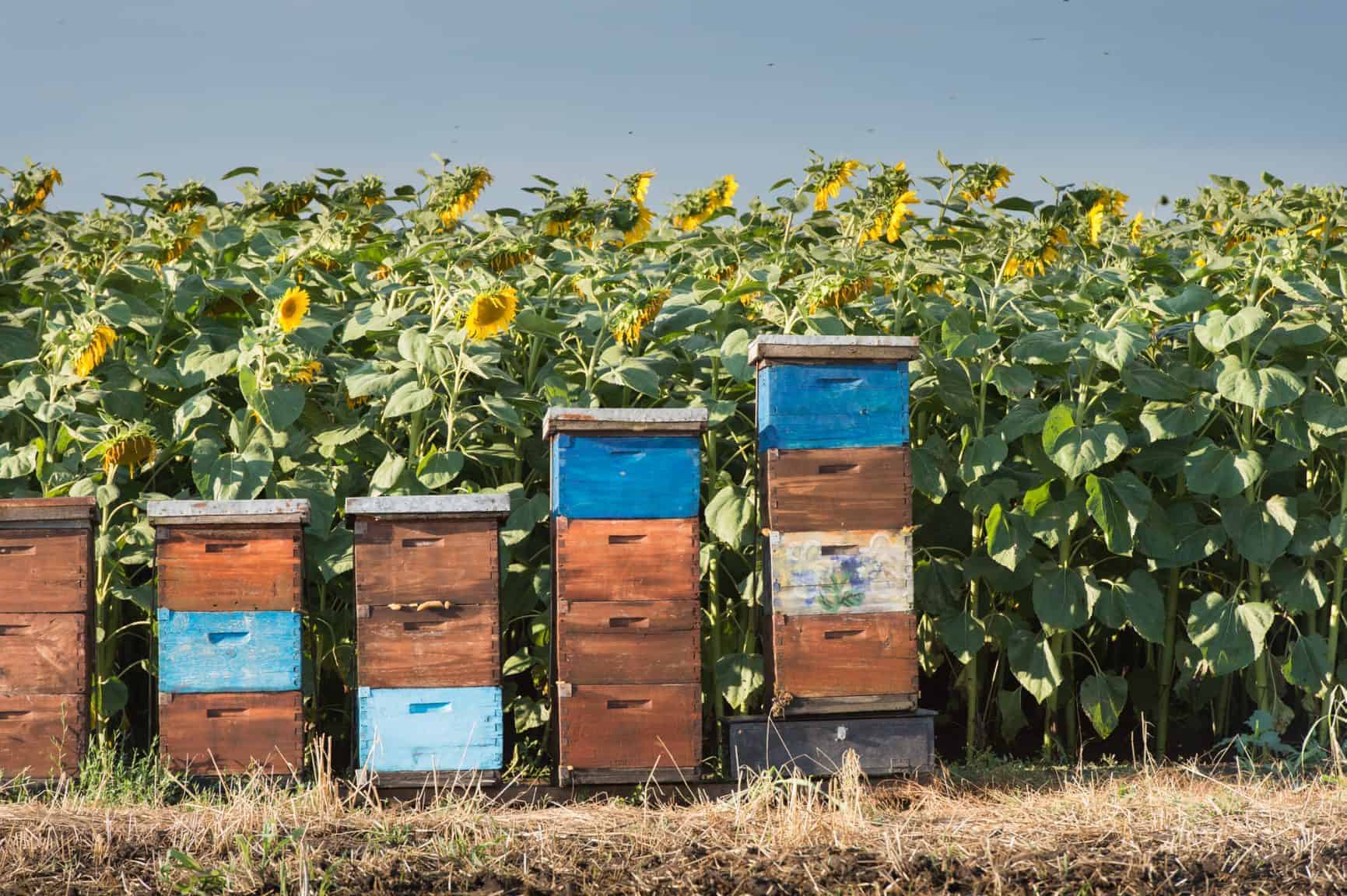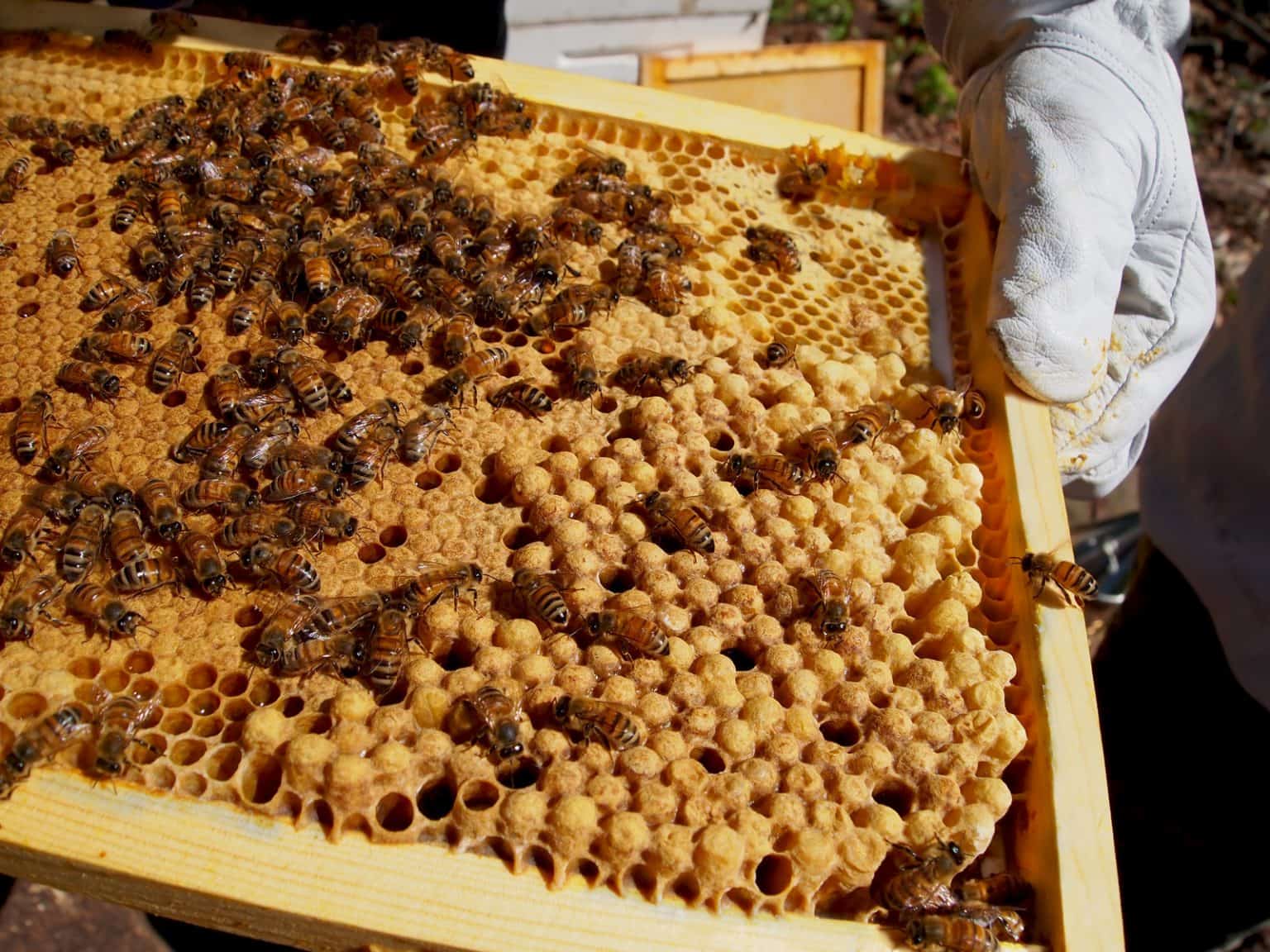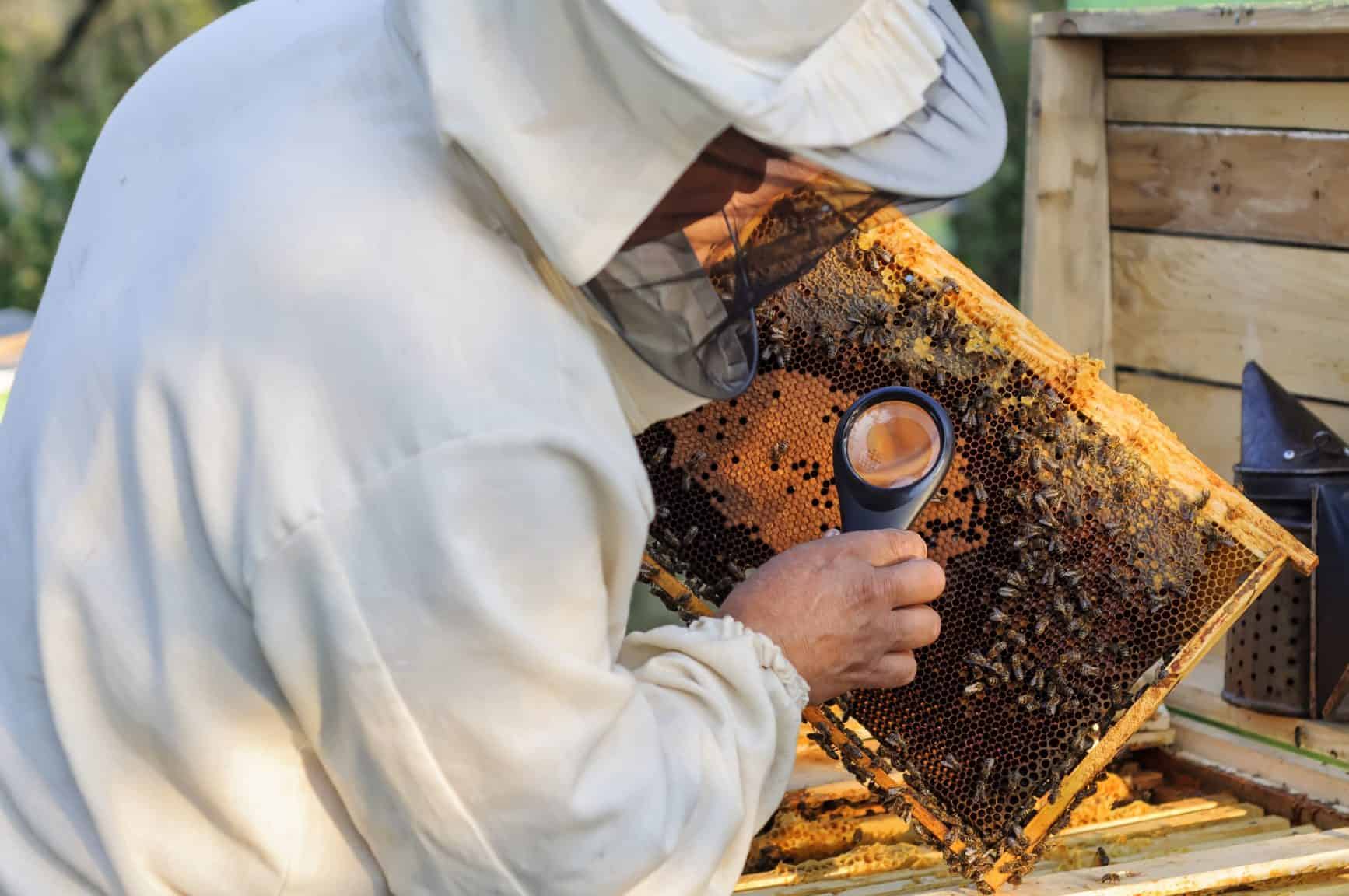One is just fine. Right…?
Beekeeping isn’t the most expensive of hobbies. But no-one would claim that some of the equipment and tools necessary won’t cost a penny or two. For the majority of us, watching the pennies is important. So when you are first told that having more than one hive is a “requirement”, there’s a tendency to wonder if this is merely a ploy by the beekeeping industry to get you to buy more stuff!
Except, there really is value in having more than one hive. True, observable, demonstrable value. Let’s look at the reasons to consider at least a second hive, so that you can make your own informed decision.

The Game of Chance
As beekeepers, we try to be on top of any situation, understand the signs we observe in our hive and take the appropriate steps to increase the chances of healthy bees. And for most beekeepers that is quite achievable. We are, indeed, often in a position to positively impact the health of our bees, merely by observing and sometimes giving them a helping hand.
Add to this the fact that our bees themselves are extremely effective at identifying and resolving problems themselves and it all adds up to a good chance they will be just fine, all things being equal.
In reality though, it is more complicated. There are so many variables associated with the health of a colony that no beekeeper can be assured of success. In fact, a new beekeeper might stumble upon success, whereas the experienced one might suffer some losses.

At one level, there’s an element of chance to this. Beekeepers can manage that risk and seek to minimize it, but it is always there. So what does that mean, in reality?
With a single hive your whole beekeeping experience is at risk. There’s always risk but a bad event could wipe out your hive and put you out of business as a hobbyist beekeeper. With two hives you reduce that risk considerably.
Twice the Experience
It’s not just the the reduction of risk. It’s also the growth of your experience with bees.
No two hives are the same. You might have two Langstroth hives, both with two deep boxes, 10 frames in each box, a screened bottom board and everything else in unison.
You might also populate your hives from the same source. That might be two packages bought on the same day from the same supplier.
You might think that you can’t possibly create two hives as similar to your two.
But neither your bees or Mother Nature care!
There are always differences between hives. This manifest itself in the performance of the queens. Maybe one colony gets off to a poor start and is attacked by robbers. Perhaps one hive has bees that are more hygienic than the other. The list goes.
The end result is two quite different situations, even though things might look similar.
This all adds to your experience and experience is valuable. Whether experiences of good or bad events, it all adds up and help you mature as a beekeeper at a more rapid pace.
A Safety Net
Perhaps the most important benefit of having two hives is that if you see one in trouble, you may be able to save it.
It’s not uncommon – in fact it’s very likely – that two hives evolve at different paces. If the weaker one starts looking like its in trouble, you may have the option to get help from the stronger one.
There, in fact, a number of ways in which you can use one hive to save another.
- Queenlessness. If, for whatever reason, a hive loses its queen you have a challenge on your hands. Having access to a strong second hive can help here.
- Strengthening a weak hive. At a more fundamental level, one hive may simply be struggling to establish itself. Moving frames from the stronger one can give the weaker hive the boost it needs.
In both cases, you are benefiting considerably from the existence of the second hive, to the point of potentially saving one of your hives.
This is an important reason to consider two hives – with a single hive you could potentially have been left with no clear option.
Contrast and Compare
This is one of the more important benefits, especially to a new beekeeper.
When you start out beekeeping you have a sense of what to expect, but no amount of reading or discussion can totally prepare you for what you will see in your own hives.
Over time you will sense and understand the nuances within a beehive. These can be obvious and distinct, but they are often more subtle. For example, your two hives might develop in a generally consistent manner but, one day, you visit the hive and one of the hives is more agitated, defensive and sounds different.
On any one day, this might not be a cause for alarm but it may also indicate something is amiss. Having more than one hive provides you a real-time, practical comparison point and this can highlight issues that need attention.
This can also be valuable when you inspect the brood pattern. Again, there will always be differences between hives but a direct comparison can help identify issues quicker.
Structured Troubleshooting
A skilled beekeeper is ready-made for an appearance on CSI! An essential part of any beekeeper’s skill set is the art of methodical troubleshooting.
The colony is a complex and often unpredictable organism. What we see with our own eyes and hear with our ears is just a small slice of what goes on within a hive.
Many of the important clues might be transient and not necessarily evident during an inspection. Others might be at such a microscopic level that we have no opportunity to identify them directly.

With these challenges, the beekeeper needs to take on the air of a forensic scientist. This suggests a rational, structured and pragmatic approach to troubleshooting. This, in turn, means having a strong sense that changing too many variables at once hinders any investigation.
The beekeeper with two or more hives can methodologically implement change in some, but not all, hives and assess the results. In essence, this is a high-level application of the scientific method.
With more than one hive you might try a particular treatment in one, against another that doesn’t have that same treatment applied. The results can be enlightening and the additional hives provide you to assess the real effectiveness of the change you made.
Not Twice as Much
Finally, there is indeed the issue of cost. It is a real concern for most of us and shouldn’t be taken lightly. But the calculation doesn’t simply boil down to doubling up on costs.
First, there are the common tools that you use across all your hives – your hive tool, smoker, bee brush and more. These are one-off expenses and not related the number of hives.
Of course, two hives will cost more than one! But there are options even here to keep costs under control.
The new beekeeper often starts with a starter kit. That includes virtually everything you will need to get up and running with a single hive and include the hive, tools and clothing you will need. This is a a great way to save money, as compared to buying everything individually.
But once you have that starter kit, you also have the tools and clothing you need. So your subsequent purchase to go beyond more than one hive is considerably less – you simply need another hive.
Another way to reduce costs is to purchase a “premium” option within the starter kit. For example, the extra costs of cedar will absorbed somewhat with the savings associated with a starter kit, while providing the benefits of cedar. But for your second hive you might choose a smaller hive, one without all the features of the initial hive (for example, omit windows) and maybe use pine instead of cedar.
These are all viable and common ways to purchase more than one hive, while keeping costs reasonable.
In summary, there are many benefits to having more than one hive and, as budget allows, all beekeepers should consider starting – or at least building towards – that status.
